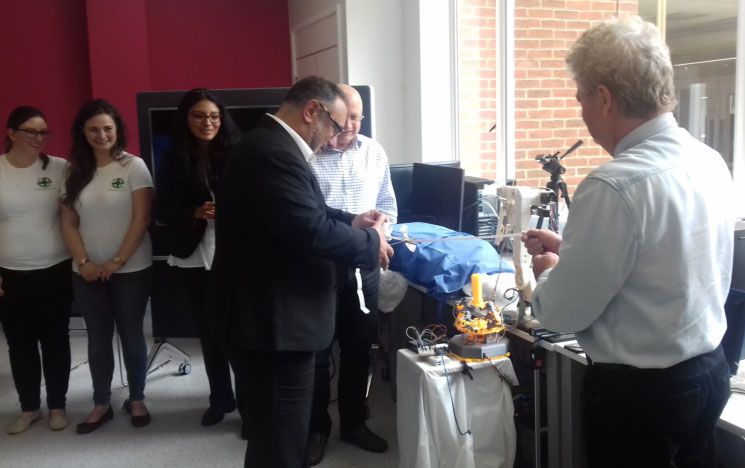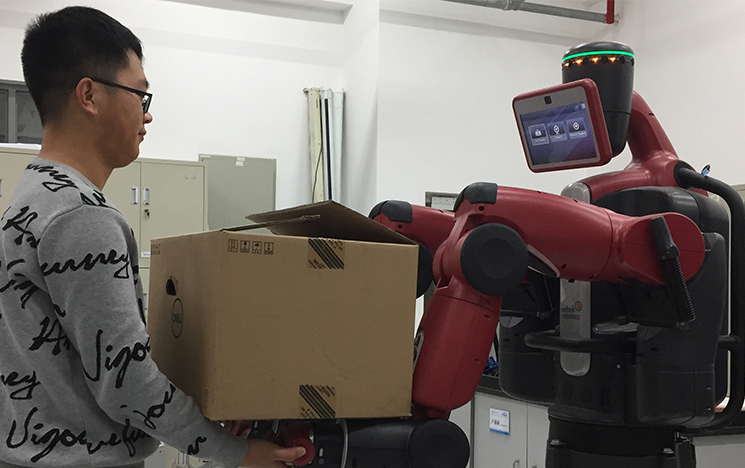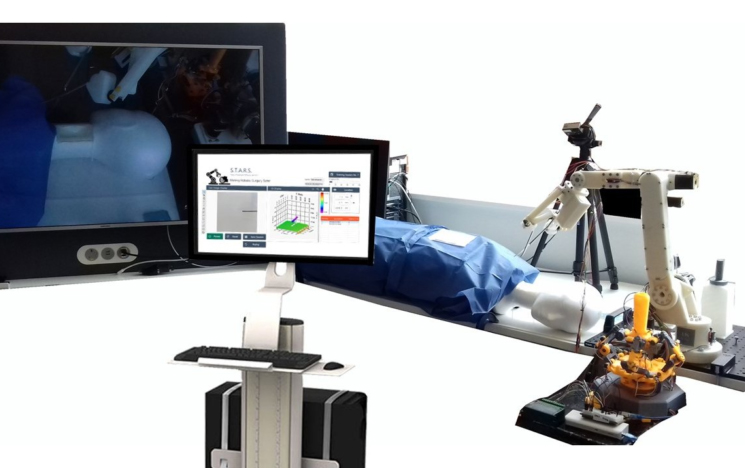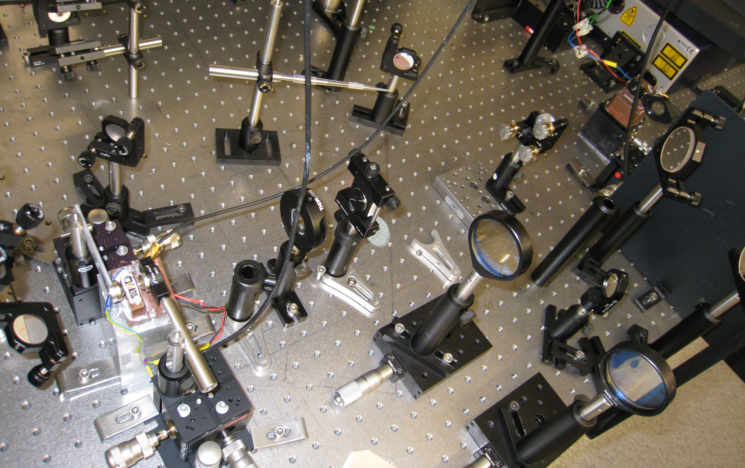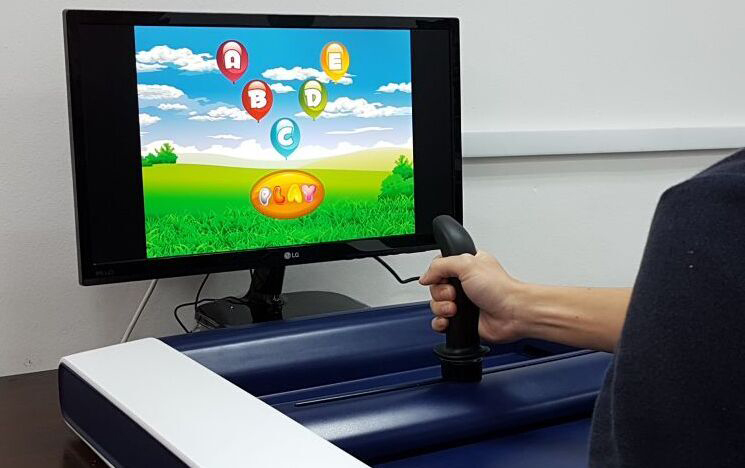Centre for Robotics and Sensing Technologies
The Centre for Robotics and Sensing Technologies develops leading science and technology in robotics and sensing to address challenges in healthcare, manufacturing, agriculture, transportation, and beyond.
Contact
If you have any questions, please find our contact information in People & Contacts.
